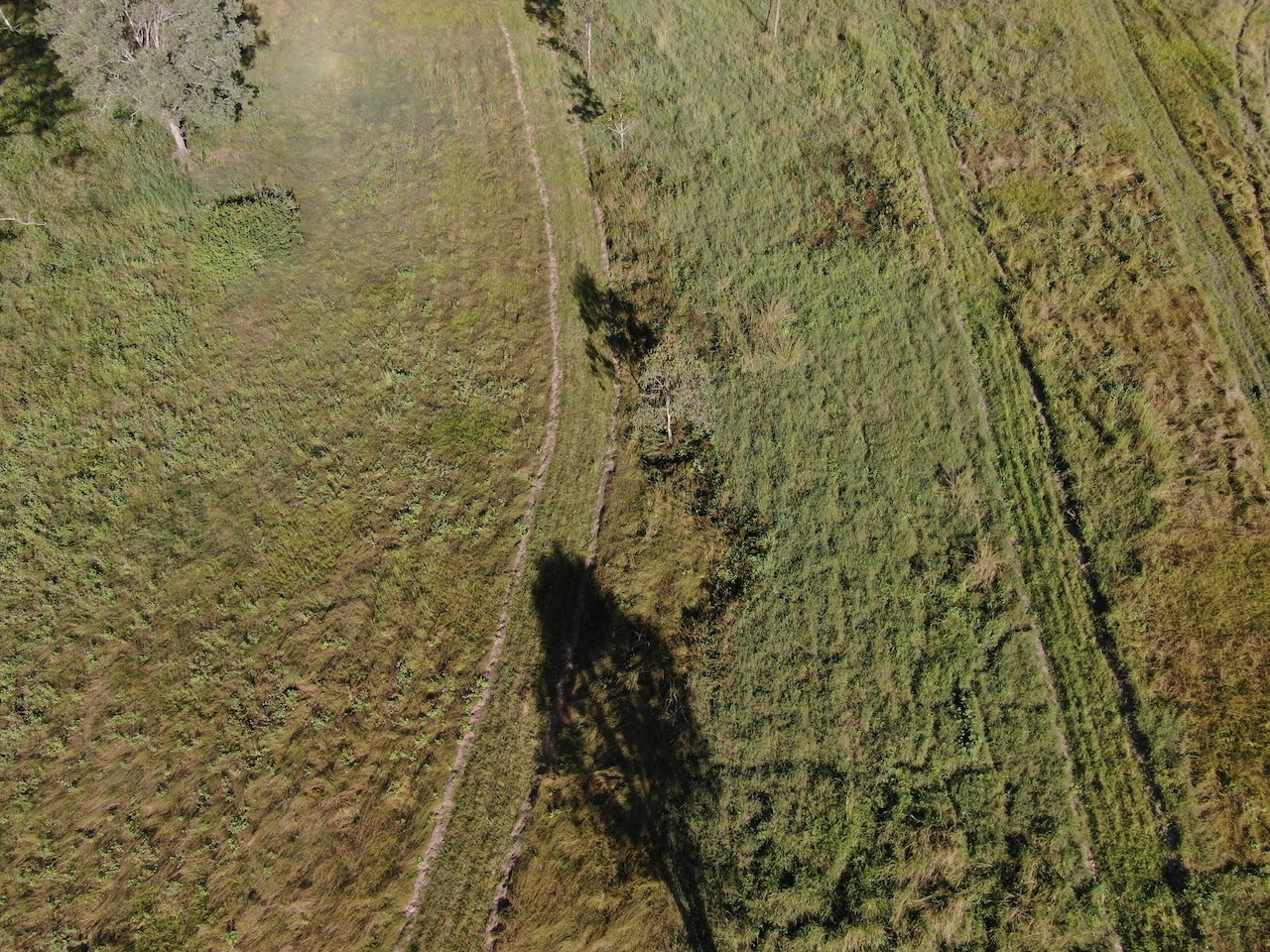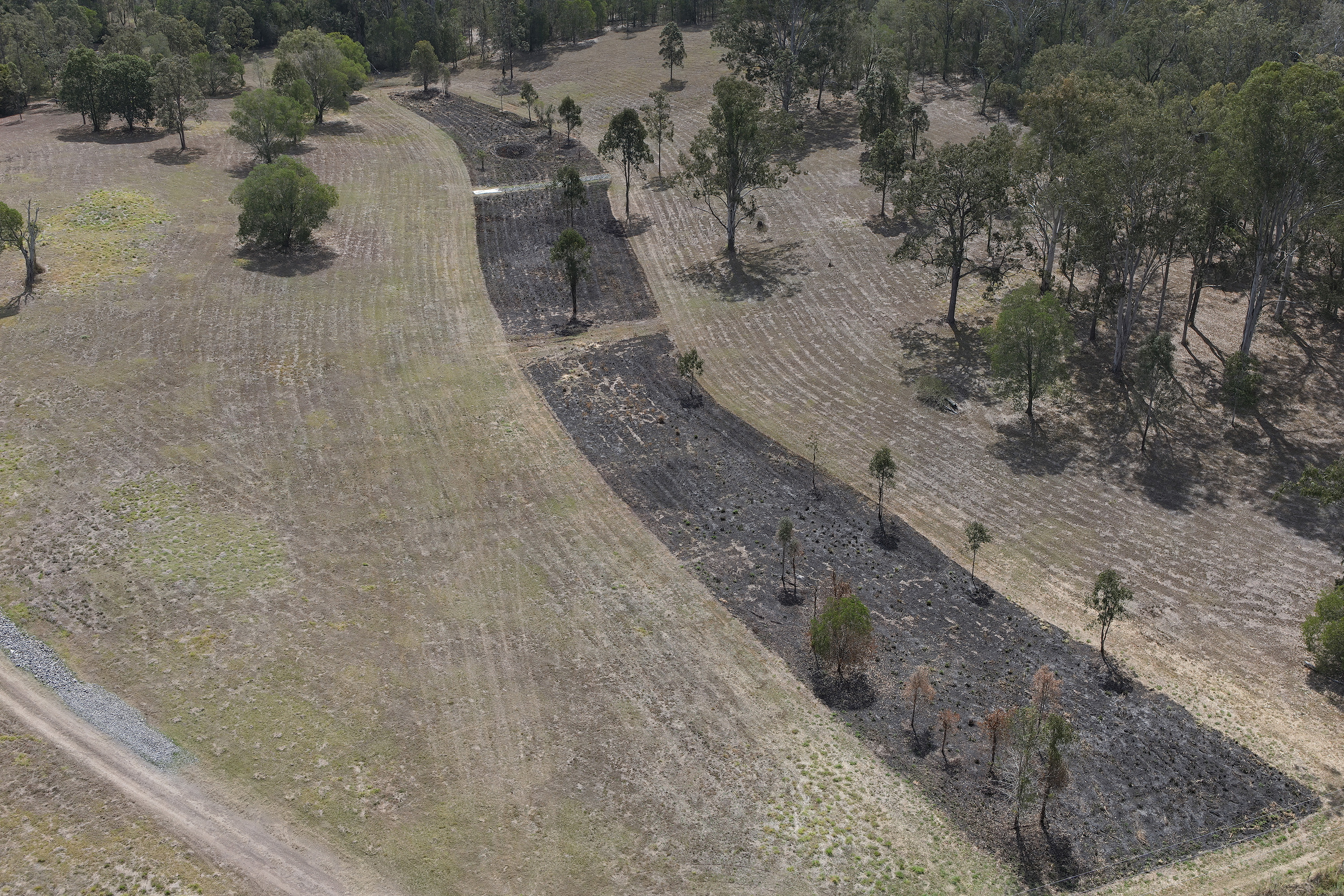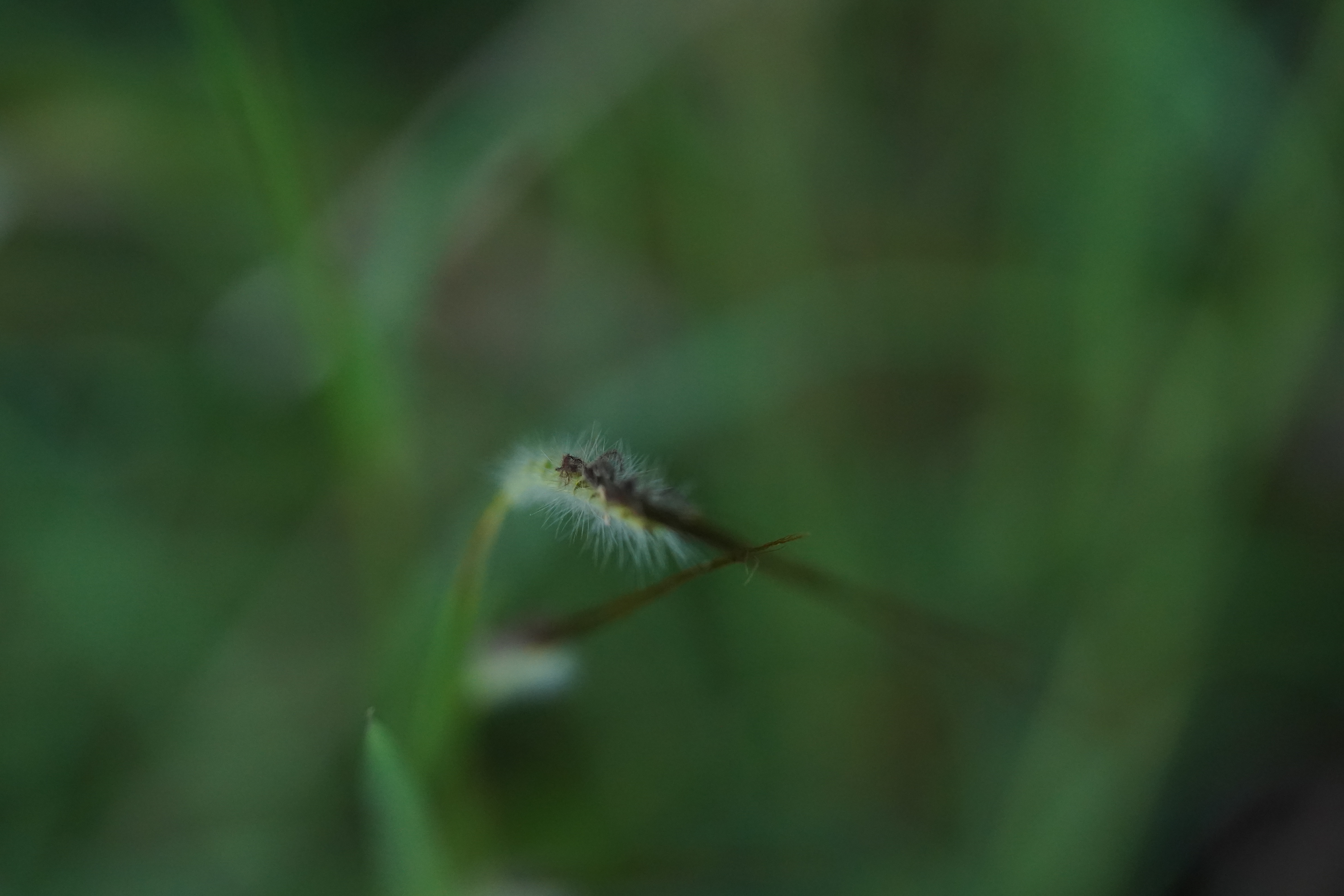The next step was to Consider how discrete sites might be connected/’networked‘ together – i.e. ‘real time’, ‘offline’ or abstract connectivity?
Another way of seeing the world was possible, one infinitely more vital and interconnected than any I had previously imagined. In their worlds, information pulsed beneath the ground and floated on the breeze, interactions pulsed and shifted to the rhythm of the seasons, and knowledge and understanding grew, slowly but sturdily, over decades and centuries.
Bridle, J., 2023, Ways of Being
Assuming points of interest within the artwork site will somehow link within the work I began to consider the many ways such connectivity might be developed between the sites – on a continuum between the literal and the abstract- remembering that outcomes should be in some way beneficial (ie regenerative) rather than extractive.

I was also aware of the importance of looking beyond the site (remembering it as a Mortonian ‘mesh’) – given the interconnections – for example the rich, cool dark vine forests along Samford Creek might one day be akin to the gulley area maybe? Could these be what some have called ‘mother sites’ (see the ‘mother tree’ concept from the wood wide web – highly-connected hub trees who share their excess carbon and nitrogen through the mycorrhizal network with the understory seedlings, which can increase seedling survival) – places of deep time that the art work site is heading (back) towards – sites that imagine the future elsewhere – potentially where the exchange of materials happens ?
Options
It struck me that connectivity might be be framed by the diverse ways that plants communicate/procreate/signal/interconnect with each other and the broader atmosphere throughout their lifecycles. For example could we mimic the ways plants send out signals to each other like grass seed pollen (impossible odds you’d think to hit a target??) – suggesting chance but rich interactions between nodes – or could nodes somehow come together to create something summative?
In a transitional aesthetic, art supports human and other forms of life, often exploited through extraction. Rather than fulfilling an extractive aesthetic, can ecosystems be reconstructed without overreach, but through regenerative acts?
Mary Mattingly (Link to source)
Mattingly’s words also offered up some possibilities :
My intuition at that stage was to engage a different/arguably more appropriate metaphor of connectvity for the work than the regular computational node and network models (eg the one that wood wide web analogy riffs off) – a model/concept that for me maps less comfortable with the profoundly entangled universes of a site such as this. This might include:
- Line of sight (but assumed visual signalling not relevant)
- Electronic (signalling/osmosis through tubes/fungal hyphae/liquids/plumbing)
- Gaseous (Chemical signals/VOCs/root absorption)
- Wind (pollinated/semi random anther and stigma
- see further notes at the bottom of this post
These questions led me back to some of the thinking of Karen Barad and her particular quantum brand of new materialism.

Barad reminds us of a foundational paradox of the universe: that according to Quantum Physics, all matter paradoxically exhibits properties of both waves and particles. Everything from light to compound molecules are according to science observable both as particles—unique, finite, and (in most cases) material, and yet also as waves–in essence oscillations that carry energy as they propagate through media.
A wave is therefore a form of energetic activity that in Barad’s words arises from/requires profoundly complex ‘intra-activity’ between particles – thereby forming shapes that self perpetuate and move through a medium – without being defined or entirely confined by that medium (think moire patterns or oceans).
Brad speaks to intra-activity as not two bodies acting upon one another but rather a process of becoming phenomena or becoming bodies. This suggests that the entire universe is a continual state of emergence – in which nothing is certain or fixed – but is always becoming itself through its intra-action with everything else. The material world is the constant intra-action of particles – of electrons touching everything else.

Intra-action is a Baradian term used to replace ‘interaction,’ which necessitates pre-established bodies that then participate in action with each other. Intra-action understands agency as not an inherent property of an individual or human to be exercised, but as a dynamism of forces (Barad, 2007, p. 141) in which all designated ‘things’ are constantly exchanging and diffracting, influencing and working inseparably. Intra-action also acknowledges the impossibility of an absolute separation or classically understood objectivity, in which an apparatus (a technology or medium used to measure a property) or a person using an apparatus are not considered to be part of the process that allows for specifically located ‘outcomes’ or measurement. Source
IN SUM
At that stage I resolved that the work should in someway engage the (geo and bio) spheres as they inflict each site – and that the connectivity between sites should be/or speak to in some way forms of wave motion rather than movement of discrete elements. To use another analogy – rather than the interconnectors being thought of as a pollen, instead focus on the waves of air caused by changing pressures that can be indicated by such pollen particles caught within them..
At that stage I was also continuing to ask:
What does beneficial mean within a respectful human plant engagement – does this suggest facets of ‘gardening’ maybe that create optimal conditions for flourishing – but what happens once then process stops??
How also might the overall work tune in and itself evolve over lifecycles – such as annual or perennial?
What might birth, growth and death means for the artwork – initiation, development, atrophy, decomposition, reintegration and new life ?
